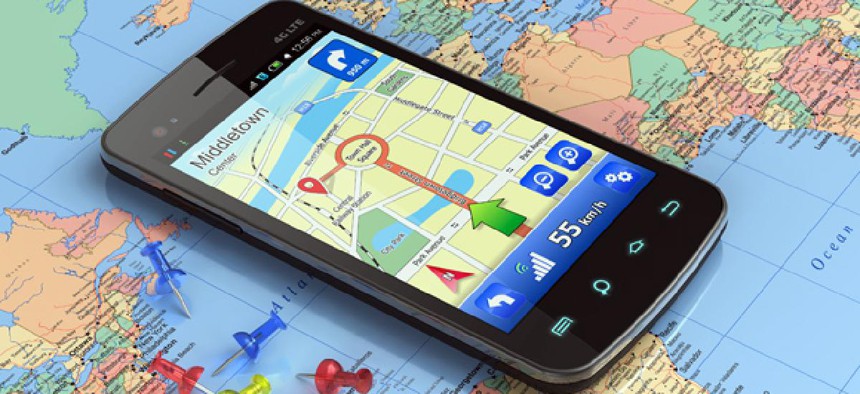Aggregating Cell Phone Data in Search of the 'Pulse of the Planet'

Oleksiy Mark/Shutterstock.com
Universal mobility patterns we haven't fully understood before could soon come into view.
Transportation researchers have long suspected it to be true that you’ll only spend so much time commuting. You have a travel-time budget in your head – for most of us, it’s about an hour a day – and you’ll only commute as far as you can get in that time, given your mode of travel. Maybe you can train across town and back in an hour, or drive 20 miles in from the suburbs and home again in that time, or walk a mile-and-a-half to the office and back. The distances may vary, thanks to technology, but the "time budget" remains roughly the same. This thesis – called Marchetti's Constant – theoretically holds true going all the way back to the cave man who had to drag his knuckles with him.
"If technology allows you to go farther away, to go faster, you will go farther away," says Carlo Ratti, the director of the Senseable City Lab at MIT. "But the budget in terms of time is always the same. It was the same 2,000 years ago, it is the same today."
But how would you prove that some patterns of human mobility are universal across location, or culture, or even time period? Traditional measures for tracking commuter behavior certainly aren't constant across the world. Researchers now have some novel tools for studying commuting patterns, some of the most interesting of which revolve around cell phone data. But it's usually only possible to look at communications traffic from a single city, or one country, based on a data-sharing arrangement with a single telecom carrier.
Read more at The Atlantic Cities.
(Image via Oleksiy Mark/Shutterstock.com)


